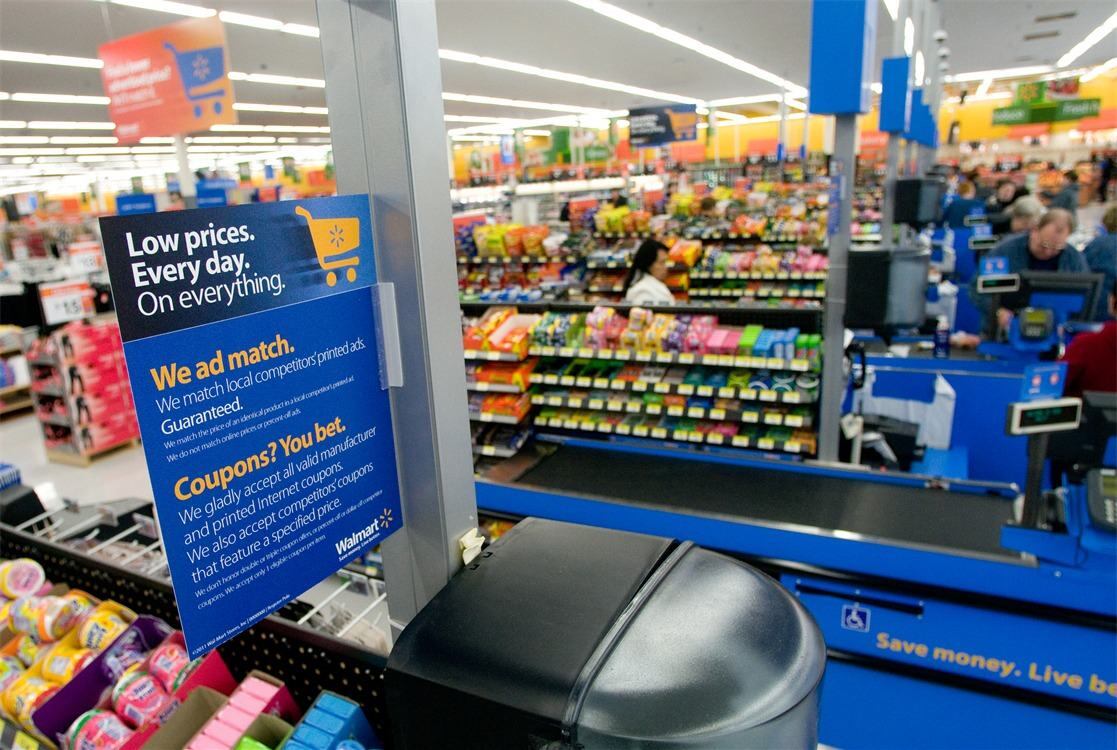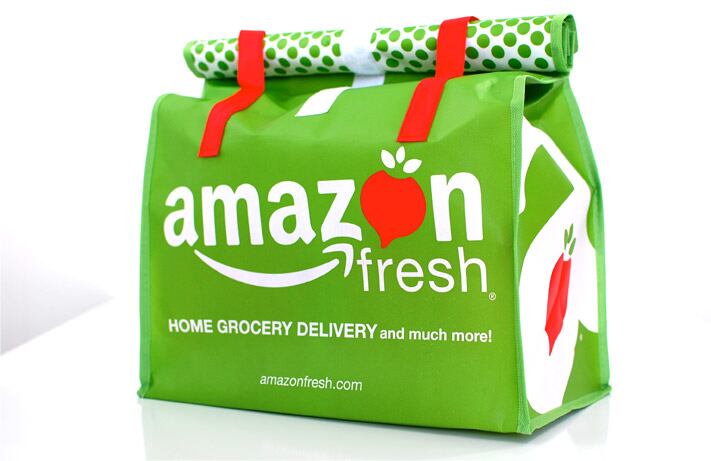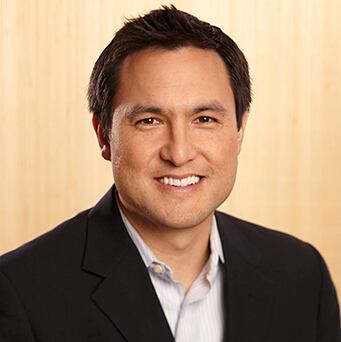In a note entitled Food delivery 2.0: Early lessons from a young, but crowded space, Rabobank analysts Nick Fereday and Paula Savanti observe that almost $2bn of investment capital has been pumped into food delivery start-ups since 2012 (source: Rabobank, Crunchbase) from online grocery delivery firms such as InstaCart and restaurant delivery apps such as DoorDash to meal-kit services such as Blue Apron and HelloFresh.
“But competition has become intense, and the space is starting to feel a bit crowded,” they argue. “Perhaps more important than the intense competition is the fact that despite stratospheric valuations – InstaCart, Grubhub and Blue Apron are all valued at about $2bn – many of these companies are still struggling to make the economics work.
“Grubhub reported a 30% EBITDA margin in 2015, but many others still need to show profits. Postmates, for example, expects to start turning a profit in 2017, and InstaCart recently stated that it is unit-economic profitable in only 10 out of the 19 markets it operates in.”
The pace of funding has slowed dramatically
Meanwhile, if the independent contractors (personal shoppers that pick online orders from stores/restaurants and deliver them to consumers’ door in their own vehicles) used by firms such as DoorDash, InstaCart and Postmates are reclassified as employees, costs will increase significantly, note the authors, “and it is not clear that these business models can afford it.”
Investors, meanwhile, are becoming more cautious about food delivery, even though they can see that the concept appeals to consumers, they add: “The pace of funding has slowed dramatically in 2016 as compared to its peak year of 2015… and those that did manage to raise funds recently have done so at lower valuations than expected. DoorDash [which delivers meals from restaurants using independent contractors] raised $127m in March 2016 but at 16% lower valuation than a year earlier.”

MEAL KITS: Meal kit brands such as Plated, Chef’d, HelloFresh, Blue Apron, Sun Basket and One Potato appeal to shoppers that don’t have the time or energy for meal planning and shopping but still want to cook a meal with pre-portioned, prepped ingredients.
RESTAURANT DELIVERY APPS: Brands such as GrubHub, DoorDash and UberEats recruit armies of personal shoppers to pick/collect your food order (made via an app) from restaurants or other locations and deliver them to your door.
PRE-PREPARED MEAL DELIVERY: Brands such as Barley + Oats, Munchery and Sprig make food in their own kitchens and deliver it to your door.
ONLINE GROCERY: There are different models, some involving picking from dedicated fulfilment centers/warehouses, and others from stores. Meanwhile, orders can be delivered to your door or you can pick them up yourself from local stores or collection points (eg. Walmart, Kroger). Some, like InstaCart, recuit personal shoppers to pick and deliver your order in their own vehicles, while AmazonFresh and FreshDirect do their own fulfilment.
Stiff competition and a tightening funding environment
The first casualties are also beginning to appear, they point out. “SpoonRocket, which launched in 2013, providing on-demand ready meals for less than $10, closed in March 2016, citing ‘stiff competition and a tightening funding environment’ as preventing them from covering the full cost of operations. In New York, UberEats cancelled its instant food delivery option after just one month, presumably because the economics weren’t working out.”

As for meal kits, a market forecast to reach $1bn to $1.5bn in 2016, companies have to expand and retain their customer base in order to reach a scale that will allow them to become profitable, they add.
However, as consumers are being bombarded with first time offers/discounts from all of the new players in the sector, churn rates are high, and if your business model relies on charging artificially low prices in order to attract and retain customers, it could be harder to achieve profitability in the long run, they observe.
As many of these firms are also so new, and privately held, it is not clear what retention rates are like, they add. Are consumers trying them for a few weeks or months and losing interest or are they building them into their lifestyles now?
Are meal kit delivery services a good investment?

“This category is on fire. I’ve got a friend down in Florida that runs DeliverLean and I’ve watched them grow 1000% in the last six years delivering fresh prepared meals to people homes. It’s on fire, on the go fresh prepared, gourmet; I love this category.” Eric Schnell, co-founder, BeyondBrands

“We’ve said no to every meal kit company that’s approached us so far because it’s just so capital intensive, it’s so competitive, the retention rates seem low and it creates so much waste. It just feels a bit bubblish. So there’s going to be a shakeout.” Kevin Boylan, co-founder, Powerplant Ventures

“They’re certainly attracting a lot of attention, and convenience is a big play today for sure, but the challenge with many of these models is that they have yet to sustain a relative degree of profitability, and customer acquisition costs can be significant and in some cases can increase over time. There is also a high degree of churn.
“The challenge is that many of them haven’t been in operation long enough to really ascertain the lifetime value of a customer, so it may take time more time and additional capital to really determine how long you can keep a customer, and at what point do they actually pay back.
“The most successful ones will work out how to get the customer to pay back within one or two orders, versus a two or three year lifecycle.
“We’re certainly open to looking at these kinds of business [as investment opportunities] but we’d need to really understand the path to profitability and the economics of the customer lifecycle.” Pierre LeComte, managing director, TSG Consumer Partners
Nick Fereday will be speaking at Food Vision USA in Chicago (November 9-11), which will also feature a panel of experts (L-R: Honest Tea co-founder Seth Goldman, General Mills 301 INC boss John Haugen, CircleUp head of funds Jason Starr and KRAVE and Sonoma Brands founder Jon Sebastiani).
Find out more HERE .

